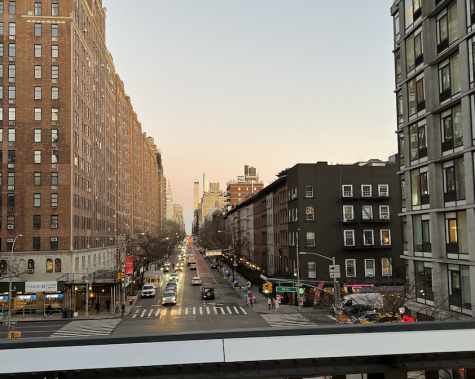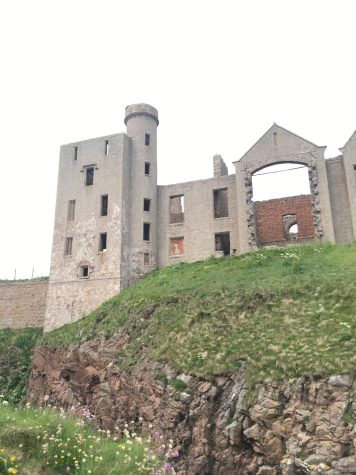Twelve of the Most Beautiful Abandoned Places on Earth
**And Creepy**
Kolmanskop, Namibia
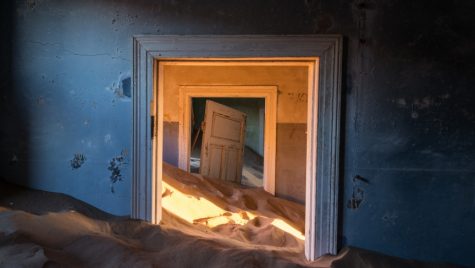

Once a diamond mining town in Namibia, Kolmanskop was vacated in the 1950’s for unknown reasons. Residents built the town in the architectural style of a German village, complete with a hospital, school, casino, theater, and the first tram in Africa.
Tianducheng, Hangzhou, China

This is China’s Tianducheng district, a shell of what looks like Paris, France. Yes, that’s even a scale replica of the Eiffel Tower. This ambitious real estate development was built in 2007, but the end result was more creepy than beautiful. Now, very few residents inhabit the area, and the streets are typically empty.
Sunken Yacht, Antarctica


The “Mar Sem Fim,” or “Endless Sea” was a Brazilian yacht that sunk eight years ago in the Maxwell Bay of Antarctica. The yacht had four people on board: a documentary screening shooting a film off the coast of Antarctica. When strong winds forced the boat into an ice field, the crew had no choice but to evacuate the sinking ship. All were rescued.
Craco, Italy

This beautiful example of an Italian hilltop town was abandoned over several centuries. With earthquakes, wars, the Black Plague, and finally a large landslide in 1963, the residents found the area to be inhabitable. It is now a popular area for tourists.
El Hotel del Salto, Colombia
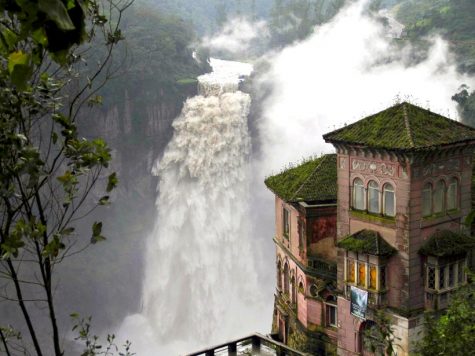
During the 1920s, this house was built as an architect’s mansion. In the 50’s it became the Hotel del Slato, but was abandoned shortly afterwards after claims of hauntings. Recently, it has been converted to the Tequendama Falls Museum.
Pripyat, Ukraine
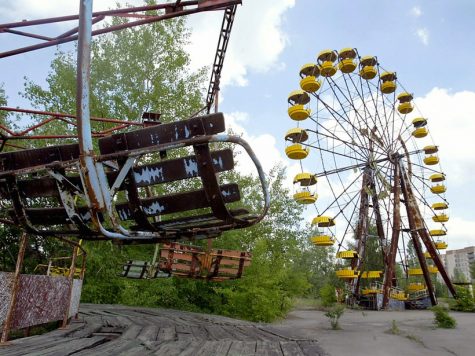
Pripyat was massively affected by the Chernobyl nuclear disaster in 1986, due to its proximity to the nuclear center. The meltdown released large amounts of radiation, forcing the inhabitants of Pripyat to evacuate. The city serves as an especially salient message of the destruction of radiation due to the abandoned amusement park, toys in a schoolhouse, and clocks all frozen at the same time.
Great Train Graveyard, Uyuni, Bolivia

Plans were made in the 1800s to expand Uyuni’s transportation network and build more train tracks. The project, however, came to a halt when technical difficulties and conflicts with indigenous people arose. The trains were still used to transport minerals to port cities, but once the minerals ran out, the equipment was left to corrode in the desert.
Beelitz-Heilstätten Hospital, Germany

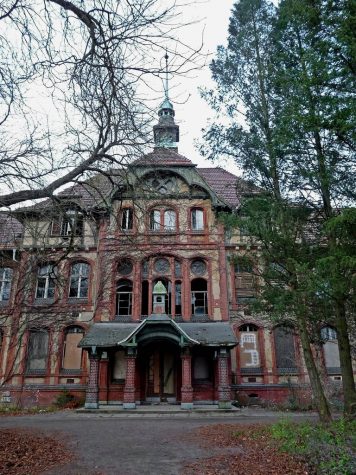
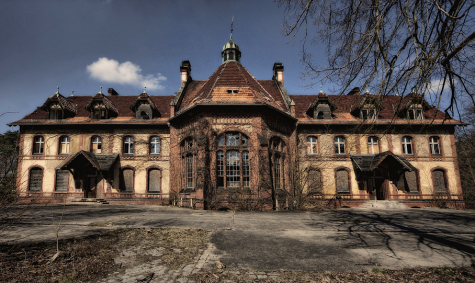
This is perhaps an especially disturbing building, understanding its past. Between 1898 and 1930, this complex existed as a tuberculosis hospital. During Word War I, it served mustard gas and machine gun victims, including a young Adolf Hitler. Later, the hospital grew to become a major treatment center for Nazi soldiers. Until the fall of the Berlin Wall, it was also used as a Soviet military hospital. Today, a few wards are dedicated to neurological rehabilitation, but the majority of the complex remains eerily abandoned.
Kennecott, Alaska
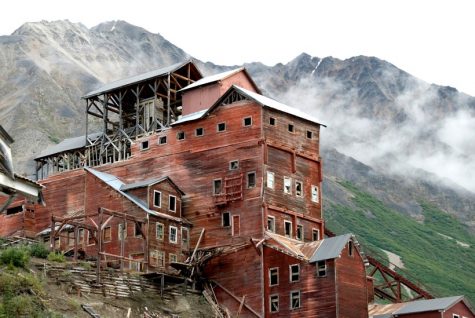

Kennecott existed as a prosperous Alaskan mining town from 1911 to 1938, processing around $200 million worth of copper. The town had its own hospital, tennis court, skating rink, and dairy. After the mines dried up, everyone left the city to be taken over by nature.
Lake Reschen Bell Tower, South Tyrol, Italy
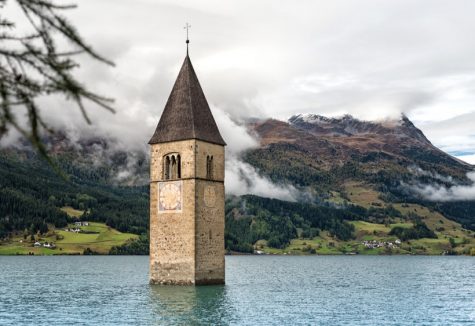
Alright, I truly find this one to be creepy. An Italian electric company called Montecatini built a damn to unify two lakes: Reschensee and Mittersee. The area was home to several villages, but the towns were flooded during the construction of the dam. The only visible remainder of the drowned cities is this bell tower. Under water lie the ruins of the villages.
St. George’s Church, Luková, Czech Republic

Built in 1352, St. George’s Church has been damaged by a number of fires over time, as well as the roof collapsing during a funeral in 1968. After that, the congregation became convinced that the church was haunted (reasonably so). The building was stripped empty until 2012, when an art student from the University of West Bohemia got involved. He installed a collection of thirty ghost-like sculptures in the pews with their heads bowed.
Balaklava Submarine Base, Crimea
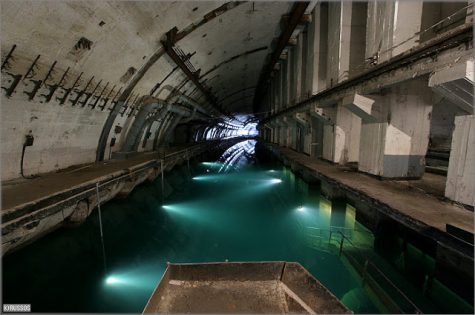

Underneath the city of Balaklava, Crimea (notable for the military actions of the “Charge of the Light Brigade”) lies this abandoned submarine base used during the Cold War. The base is covered by 56 meters of concrete (presumably as protection) and can now be visited by tourists.





